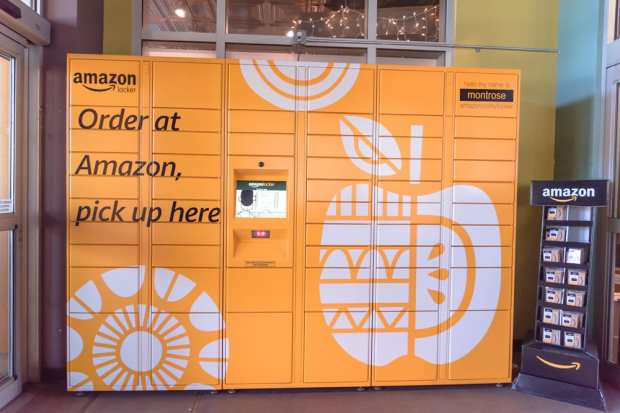WSJ Investigation Finds Thousands Of Unsafe Products On Amazon

The Wall Street Journal did an investigation of thousands of Amazon’s third-party items and found a large amount were unsafe, mislabeled or banned in the U.S.
The WSJ found that approximately 4,152 products on the site were unsafe or mislabeled. Among those, 2,000 were either toys or medications without warnings.
There were also 157 items that were categorically banned in the U.S., like a sleeping mat that could cause suffocation of babies. Some of these items were even labeled as “Amazon’s Choice.”
Of all the products, almost half were advertised as shipping from Amazon warehouses. After the news outlet brought the items to Amazon’s attention, more than half were either taken down or had their wording altered.
“Safety is a top priority at Amazon,” a spokesperson said. “When a concern arises, we move quickly to protect customers and work directly with sellers, brands and government agencies.”
The spokesperson said that Amazon uses automated methods to scan millions of items every few minutes to block suspicious or bad items. This method was reportedly used to bar three billion items last year.
Third-party sales are very important to Amazon, making up around 60 percent of physical sales last year, more than double that of 10 years ago. On the customer side, Amazon doesn’t necessarily make it clear that items are not sold by the company. Most items ship in Amazon boxes and packaging, and sellers’ names only appear in fine print on the invoice.
“Our mission is to be Earth’s most customer-centric company. We strive for that goal by building the best shopping experience for customers, with unbeatable prices, selection and convenience – but not at the expense of our customers’ safety, and this insinuation is simply wrong,” the spokesperson said.
Amazon does not do its own testing for safety, according to court files. Sometimes, it will randomly send out high-end jewelry for testing to make sure they aren’t fake. The company said it does this to “ensure customers receive the compliant products they expect.”
